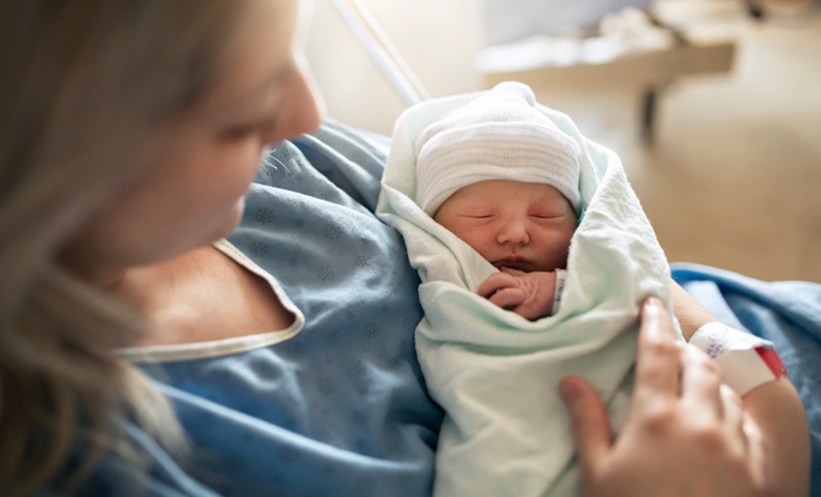WAITLISTS for candidates with a smaller body surface area were significantly less likely to receive a liver transplant, according to research conducted at the University of Washington, Seattle, USA. A decision analytical model, generated to match liver transplant donors to waitlist candidates was developed, based on predefined body surface area ratios to permit this investigation.
The study population consisted of 41,341 donors (24,842 [60.1%] male and 16,499 [39.9%] female) and 84,201 waitlist candidates (53,724 [63.8%] male and 30,477 [36.2%] female). Participants were assigned to six groups based on their body surface, from the smallest (Group 1) to the largest (Group 6). Time on the waitlist, liver transplant allocation rates, and Model for End-Stage Liver Disease (MELD) score were compared across the groups.
Results indicated that with each increase in group number, waitlist time decreased. For example, when comparing Group 1 to Group 6, the waitlist time decreased from 234 days to 179 (p<0.001). Furthermore, the proportion of the group undergoing a transplant improved from 46% to 57% when comparing Group 1 with Group 6 (p<0.001). Therefore, Catherine E. Kling, University of Washington, and colleagues suggested that the smallest two groups were disadvantaged under the current allocation model, with 37.0% and 7.4% fewer livers allocated relative to their proportional representation on the waitlist. It is also important to note that 84.0% and 61.6% of the two smallest groups were female. Therefore, while small size affects liver allocation for both male and female candidates, “it disproportionately disadvantages female candidates, who are more likely to be small,” says Kling.
The researchers found that a simulated ‘novel allocation policy’ that distributed livers from the smallest 10% of donors to the smallest 15% of waitlist candidates resolved this disparity. An alternative model which involved splitting all livers of the three largest body surface area groups that are acceptable by Organ Procurement and Transplantation Network (OPTN) criteria could also overcome this disparity. However, Kling commented: “This is likely an overestimate of the true impact because splitting a liver requires surgical expertise that not all centers have, as well as additional staffing for two recipient teams.”
Therefore, the current liver transplant allocation system consistently affects females disproportionately. The proposed novel allocation models, which allocate the smallest 10.0% of donors to the smallest 15.0% of recipients with 36.8% of livers donated to females, appears to be the most equitable.








